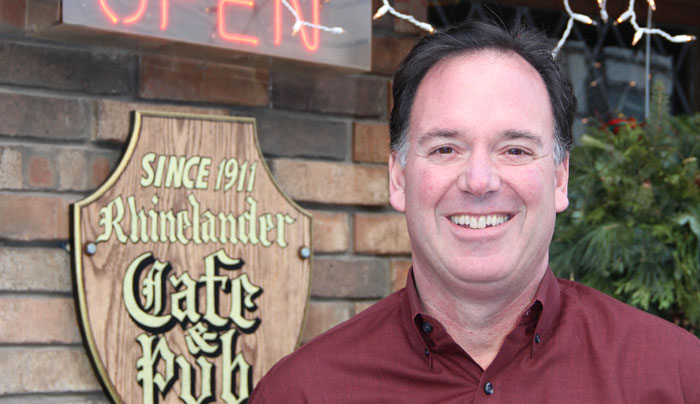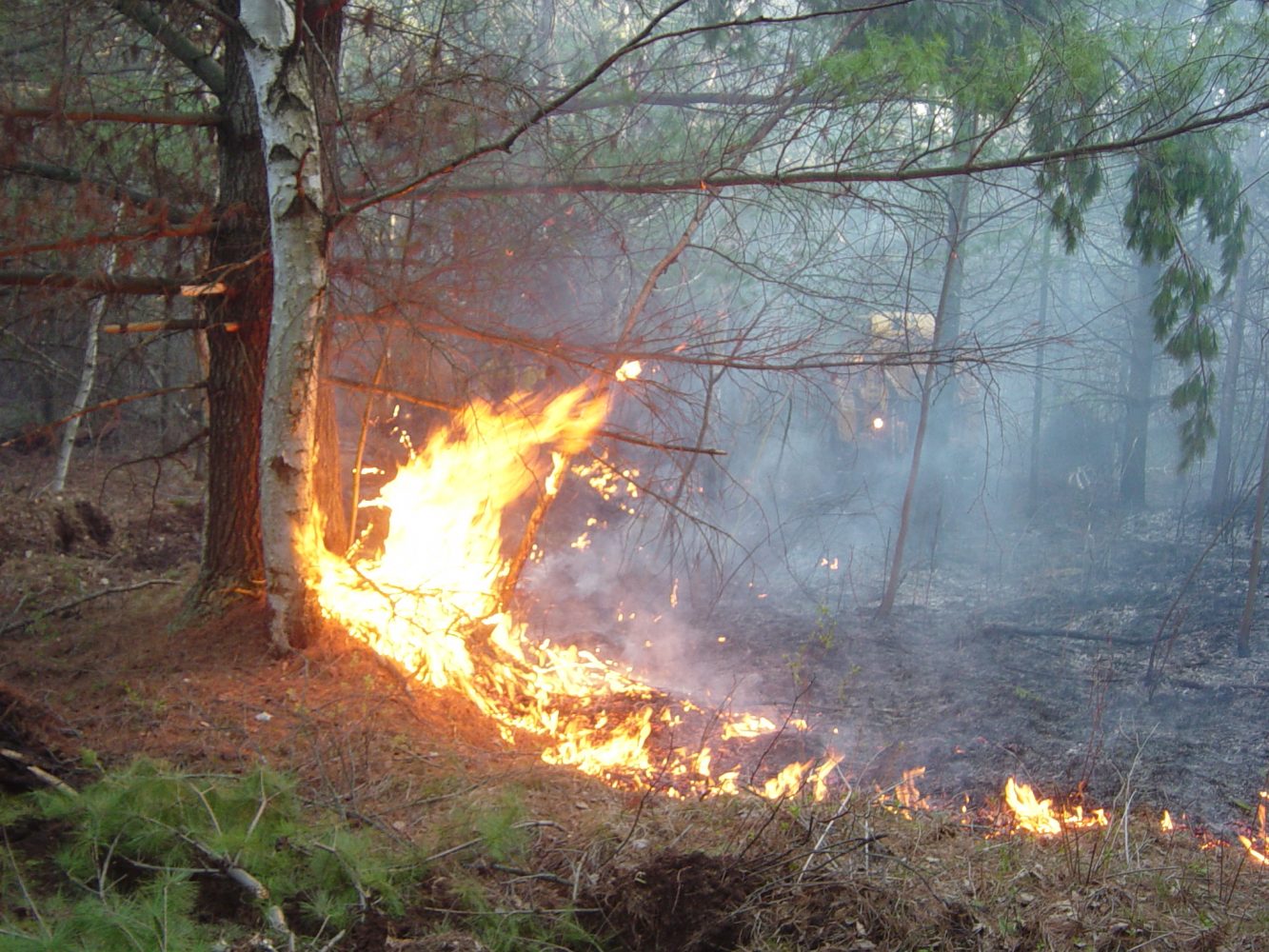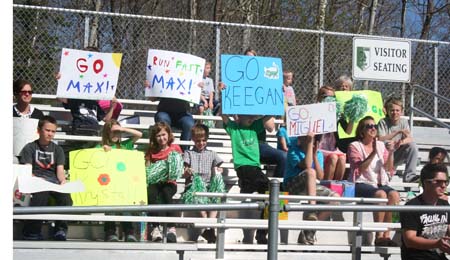Climate change

Whatever the cause, the result is documented in state history
BY THE MASKED BIOLOGIST
Special to the Star Journal
If you want to start a fight in a gathering of two or more people without talking politics or religion, bring up the topic of global warming or climate change. This is one of the most contentious natural resource topics for consideration today. No matter where you fall in this discussion, you would likely disagree with any proof I supply that supports or refutes the validity of the increase of global temperatures. This makes it almost impossible to have a logical, rational discussion about the topic.
“Climate change will create living conditions and habitat changes that may benefit some wildlife species, but become unlivable for others.” -Masked Biologist
Let’s start with the basics. Weather in Wisconsin has changed unquestionably over the course of decades. University of Wisconsin-Madison researchers found our annual average temperature rose by 1.1 degree Fahrenheit from 1950 to 2006. A temperature increase of 1.1 degree over half a century may seem insignificant to humans whose travel in vehicles between buildings with heating and air conditioning, but it has a notable impact to the ecosystem. Wintertime temperatures have increased 2.5 degrees F on average. There are less documented extended subzero stretches, and overnight temperatures have moderated. Statewide, the first fall freeze occurs almost a week later than it did in 1950.
Lakes are freezing over later and opening up earlier. The growing season is slowly increasing. These changes all directly affect wildlife.
Precipitation in the form of rain and snowfall has changed, too. In the far north and northwestern areas of the state, there has been a significant decrease in precipitation, as much as 4 inches lower than 1950. South of Hwy. 70, precipitation has increased, one to two inches in Rhinelander but much higher in west central and southern Wisconsin, as high as 7 inches more than 1950. The way that this rain and snowfall comes has changed as well. The storms occur less often, but when they do happen, there is a lot more rain or snow out of them; what we call lower frequency but higher intensity events.
These changes are not predictions, they are recorded history. Whether you think it is part of a natural cycle or caused by humans, industry, pollution, or other less natural triggers, observed weather has changed. This means the climate of Wisconsin has and will continue to change.
Climate change will create living conditions and habitat changes that may benefit some wildlife species, but become unlivable for others. Some native wildlife species may feel direct negative impacts of the weather, like dying of exposure, heat, disease or thirst. Indirect impacts can also lead to wildlife demise. For example, the weather may warm earlier in the spring, causing birds to head north and hatch a brood of young too early. The insects they need to feed their young may not have emerged yet, and there is not enough food for the fledglings. However, this strategy could benefit resident birds, like chickadees and cardinals, leading to an increase in their populations.
There are many climate change related topics, like melting ice caps, rising sea levels, and changes in wildfire regimes. How will the contrasting climate change scenarios play out? Predictions cover a wide range, from stating little is going to change to stating the planet will be unlivable. The changes we have already documented are themselves the subject of debate; some scientists claim the changes are strictly natural swings as part of a climate shift cycle, and others state that human expansion and development is to blame, or has at least exaggerated the changes we are experiencing. Whatever the cause, and whatever the product, change appears inevitable. We will have to remain vigilant and learn as we go, making adjustments for ourselves and doing what we can for wildlife.
The Masked Biologist earned a Bachelor of Science degree from a university with a highly regarded Wildlife Biology program. He has worked for natural resource agencies from the Rocky Mountains, across the Great Plains and into the Midwest, which provided opportunities to work with a variety of common and rare fish, plant and wildlife species. Follow The Masked Biologist on Facebook.
Leave a reply
You must be logged in to post a comment.





